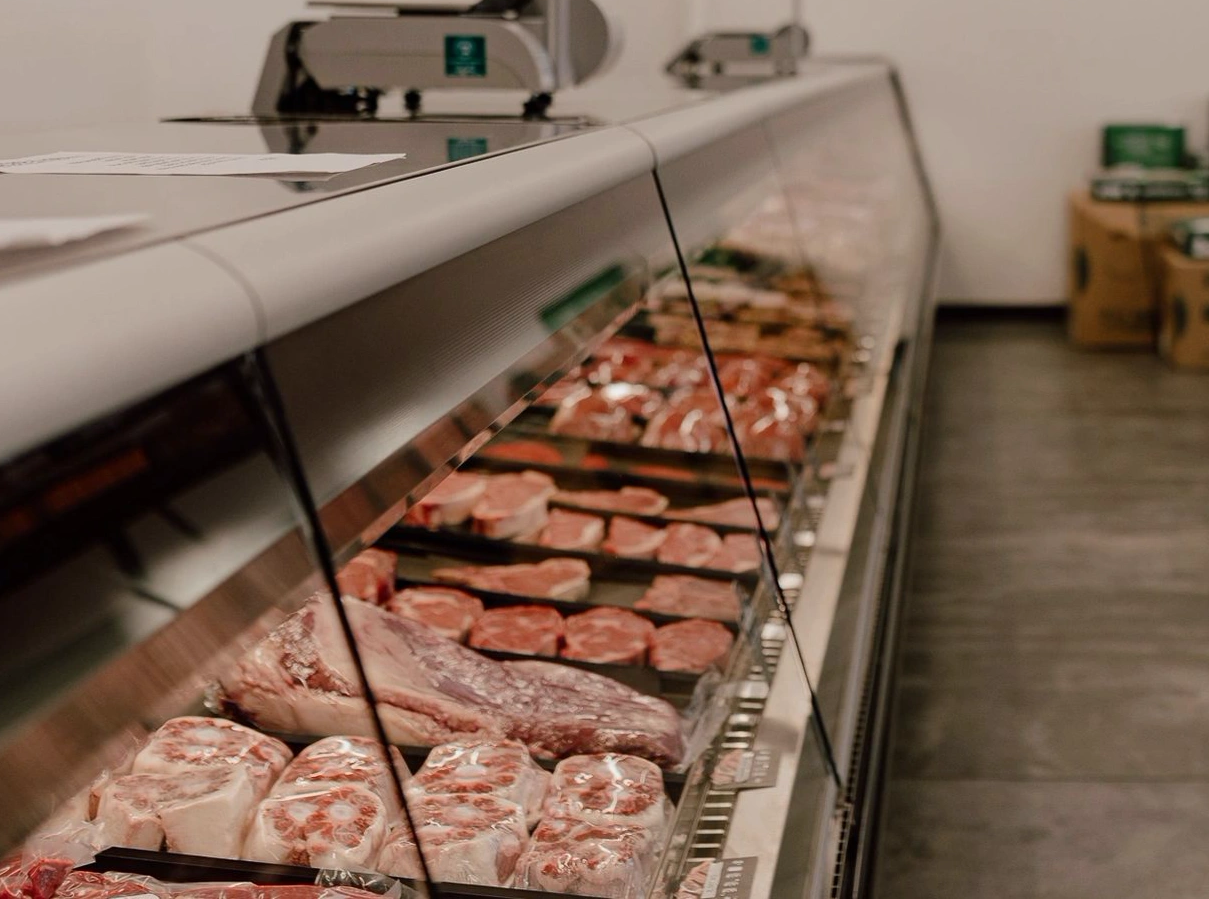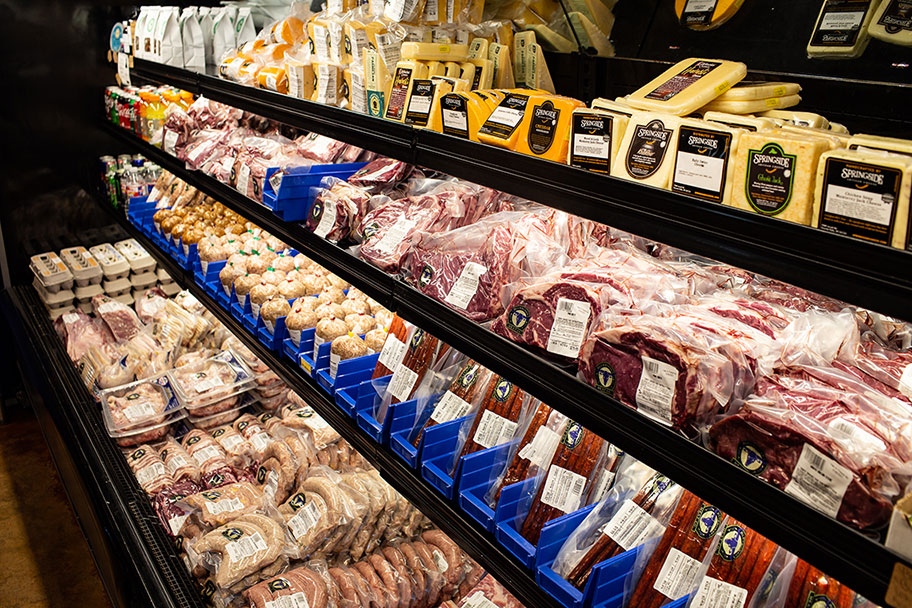Discover the Art of the Butcher's Cut in a Modern Meat Market
In the ever-evolving landscape of contemporary meat markets, the butcher's cut has actually transcended its conventional roots, combining age-old workmanship with contemporary methods. What truly establishes the modern butcher apart is their capability to build a deeper link between customers and the origins of their meat.
Development of Butchery Techniques
The advancement of butchery methods reflects an abundant tapestry of development and adaptation driven by advancements in modern technology, modifications in consumer need, and a deeper understanding of meat scientific research. Historically, butchery was a craft passed down with generations, with approaches developed over centuries to make the most of return and taste. The industrial change ushered in automation, transforming conventional techniques and making it possible for large-scale handling.
The mid-20th century saw butchery strategies further refined by scientific understandings right into muscular tissue biology and meat aging, enhancing both tenderness and taste. Advancements like vacuum cleaner product packaging and refrigeration expanded item shelf-life, allowing butchers to diversify offerings and improve high quality control. This period likewise noted the increase of customized tools, such as band saws and meat slicers, which raised accuracy and performance in meat handling.

Computerized systems currently help in tracking pet provenance and enhancing cuts to meet details client preferences. In addition, a revival in artisanal butchery has arised, blending typical skills with modern expertise to cater to customers seeking ethical and lasting meat options.
Recognizing Meat Cuts
Understanding the details of meat cuts is necessary for both butchers and consumers looking for quality and worth. Each cut comes from a various part of the animal, imparting special tastes, structures, and food preparation methods - bagley farms meat market edwardsville il. Proficiency of these differences not just boosts culinary experiences however also maximizes the utility of each carcass. For butchers, specific cuts reflect ability and regard for the craft, guaranteeing marginal waste and optimal yield.

Comprehending muscle mass composition is critical; muscle mass utilized more regularly by the animal often tend to be harder and are best suited for slow-moving food preparation techniques, while less-used muscles, like those located in the loin, are a lot more tender and ideal for cooking or roasting. Familiarity with these differences equips customers to make educated selections, improving their cooking ventures.
Selecting High Quality Meat
Picking the right meat includes even more than simply selecting a visually attractive item from the display screen. The art of selecting quality meat needs a critical eye and expertise of specific characteristics that symbolize quality and quality.
Second of all, consider the marbling, which refers to the white streaks of fat within the muscle. Correct marbling is a key sign of inflammation and flavor, as it thaws throughout food preparation, enhancing the meat's juiciness. Keep in mind, higher marbling commonly associates with premium quality cuts, such as USDA Prime.
Texture is an additional essential aspect; meat ought to feel solid to the touch, not slimed or extremely soft. In addition, be conscious of the aroma. Fresh meat needs to have a tidy, neutral odor, cost-free from any kind of sour or repulsive smells.
Combining Cuts With Cooking Techniques

Alternatively, harder cuts like brisket and chuck roast are rich in find here collagen, which breaks down into gelatin when prepared gradually. These cuts are ideal for braising or slow roasting, enabling the meat to soften gradually and create deep, complex flavors. Cuts such as brief ribs and pork shoulder fare well with slow-cooking methods, where extended cooking times transform their robust textures into succulent dishes.
Lamb shanks and oxtail, which require prolonged cooking to tenderize, are perfect candidates for stewing or slow simmering. These approaches coax out abundant, passionate tastes while preserving wetness. By recognizing the special features of each cut, cooks and home Go Here chefs alike can raise their culinary creations, guaranteeing each dish is both satisfying and memorable.
The Butcher's Function Today
Navigating the advancing landscape of the contemporary meat market, the butcher's duty today prolongs past simple prep work of cuts. Contemporary butchers are culinary artisans, instructors, and advocates for lasting practices.
Along with crafting specific cuts, butchers now involve straight with clients, supplying cooking guidance and customizing options to suit private demands and preferences. Their expertise in meat aging, marbling, and flavor accounts encourages consumers to make educated choices, boosting their culinary experiences. This individualized solution exhibits the butcher's evolving function as a relied on expert in the kitchen.
Moreover, butchers are critical in lessening waste, making use of whole animals to produce diverse products such as sausages and supplies. This thorough strategy not only respects the animal however likewise lines up with modern sustainability objectives. By doing this, the modern butcher symbolizes both custom and advancement, adjusting to an ever-changing market while maintaining the virtuosity and honesty check my source of their craft.
Verdict
The modern butcher's craft delicately weaves traditional techniques with modern innovations, emphasizing sustainable practices and moral sourcing. Proficiency in recognizing varied meat cuts and top quality signs equips butchers to supply educated suggestions, aligning specific cuts with optimal food preparation approaches. This experience not just raises culinary experiences but also reinforces the link between consumers and the beginnings of their food. By recognizing historical practices while embracing modern needs, the butcher's role remains essential in today's innovative meat market (bagley farms meat market edwardsville il).